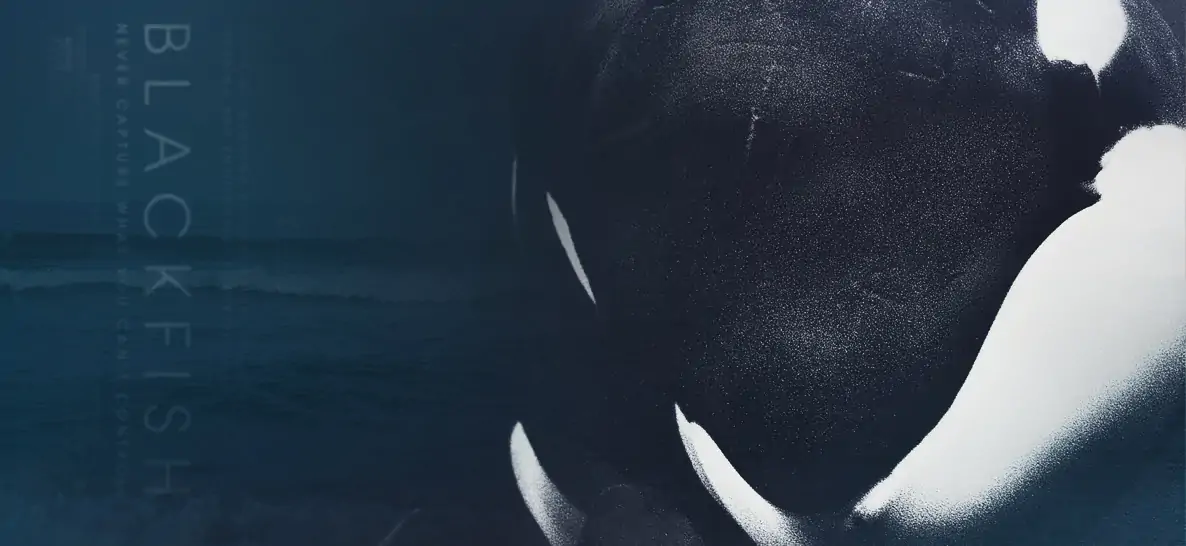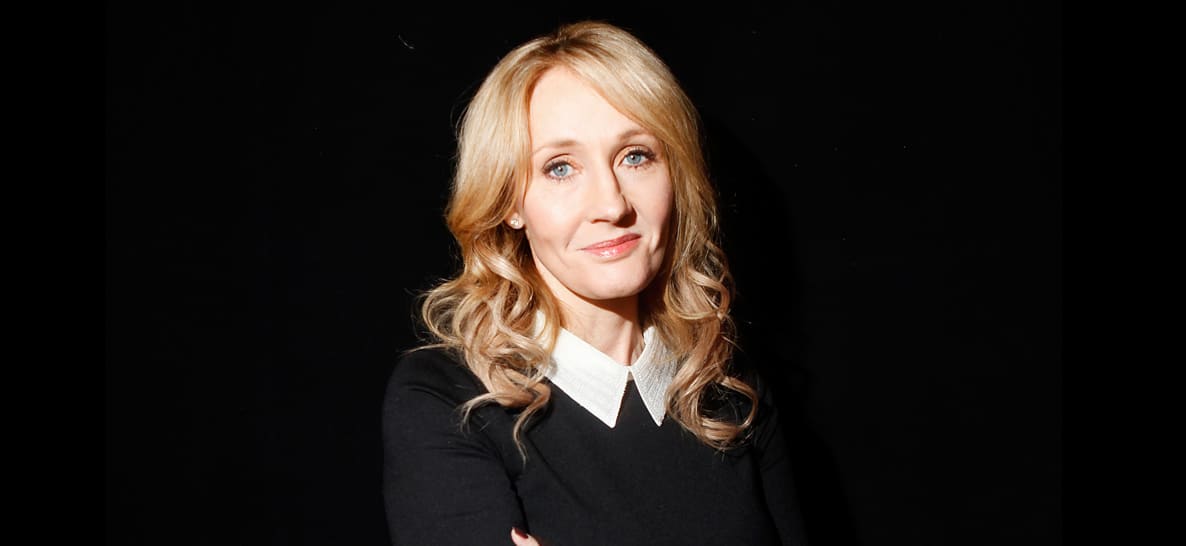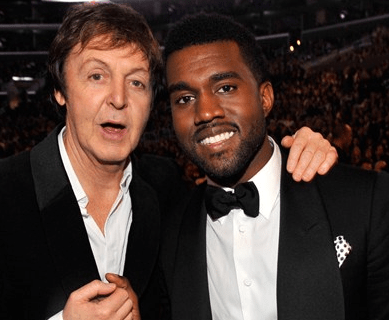
A year and half after its release, a small indie documentary has become the catalyst for major change.
Last week, SeaWorld Entertainment Inc.—the company behind the SeaWorld amusement parks in California, Florida and Texas—announced that it had lost nearly a third of its value. For a company as large as SeaWorld, that is a huge amount of money. (Back in 2012, the brand was valued at $2.5 billion.) So, what caused a powerful brand with a nationally-recognized name to lose 33% of its stock value? In the case of Seaworld, a major reason is due to a small-budget documentary that turned viewers into concerned activists.
As Bloomberg notes, “The company acknowledged for the first time that pressure from animal-rights groups is reducing attendance, said Barton Crockett, an analyst at FBR & Co.”
According to some reports, the film Blackfish only cost about $76,000 to make—a small number compared to the millions of dollars it just shaved off SeaWorld’s value.
The movie, which first premiered at the Sundance Film Festival in January 2013, tells the story of a captive orca named Tilikum, who was involved in the deaths of three trainers over the course of 20 years. Two of the deaths occurred at SeaWorld’s Orlando park. Over the course of the documentary, director Gabriela Cowperthwaite speaks with former SeaWorld trainers and whale experts, while exploring the role that being placed into captivity (spending their lives in relatively small pools performing choreographed shows for audiences) plays on the whales’ physical and mental health.
The movie is not kind to SeaWorld. It many ways, it suggests that the treatment of captive “Killer Whales” like Tilikum and Shamu is a cruel, unnatural fate. For the most part, Blackfish has been able to accomplish a seemingly impossible task: On a limited budget, it caused audiences to turn against a beloved American brand, with decades of notoriety and massive marketing budgets.
In a column for CNN (the network later became a distributor for the film), Cowperthwaite, who set out to make a documentary “not as an animal activist—because I’m not one—but as a mother who had just taken her kids to SeaWorld,” explained:
SeaWorld is a $2 billion a year entity, and they’ll do anything to protect their greatest asset: Shamu. But as I moved forward I knew that in telling this story in an honest and fact-driven way, I was telling the truth. It sounds cliché but it’s really that simple. At some point you’re simply compelled, in spite of yourself, to tell a story that needs to be told no matter how scared you are of an entity that could squash you.
At first, SeaWorld claimed the film was not having a negative business impact on their parks. But now, a year and a half after its release, the small movie is enacting big change. In addition to damaging SeaWorld’s bottom line, it’s inspired potential legislative changes, and, even though they aren’t ending their Shamu shows, SeaWorld itself has committed to making major reforms: Last week, they announced plans to spend millions of dollars to enlarge their orca habitats, and the company is also giving $10 million that “will support projects sponsored by the National Oceanic and Atmospheric Administration into the hearing, reproduction and nutrition of orcas in the wild.”
Blackfish got significant buzz for its jarring footage, heartbreaking claims and compelling storytelling. And in the year and a half since its release, its converted that buzz into real audience impact, becoming a small cultural force. Following its Sundance debut, it landed a distribution deal and played in heavy rotation on CNN. It’s currently available to all Netflix subscribers.
The film has had its critics. SeaWorld itself disputes many of the claims made in the movie, and even launched the website “Truth about Blackfish” telling their side of the story. A representative from the company also accused the filmmakers of ignoring their contributions to conservation efforts. Cowperthwaite, however, stands by her movie.
There are lots of opinions about the ethics of zoos, animal performances and the film itself. But there is one undeniable fact that Blackfish underscores, no matter what you think of the movie or SeaWorld: Combining the passion of activism and the power of art (like filmmaking) can be an incredibly effective tactic for enacting real change.
In her CNN column, Cowperthwaite included this line about her movie: “Once you see it, you can’t unsee it.” For a generation increasingly concerned with exposing injustice, the story of the success of Blackfish is proof that bringing a cause into the light can be the first step to actually changing the world.






















